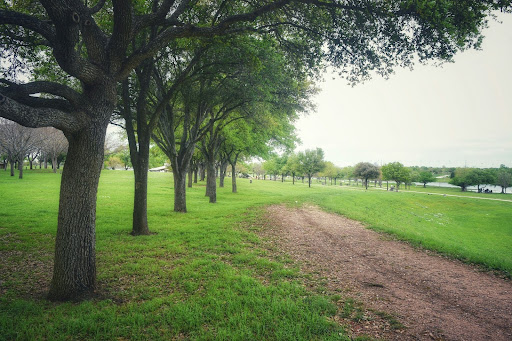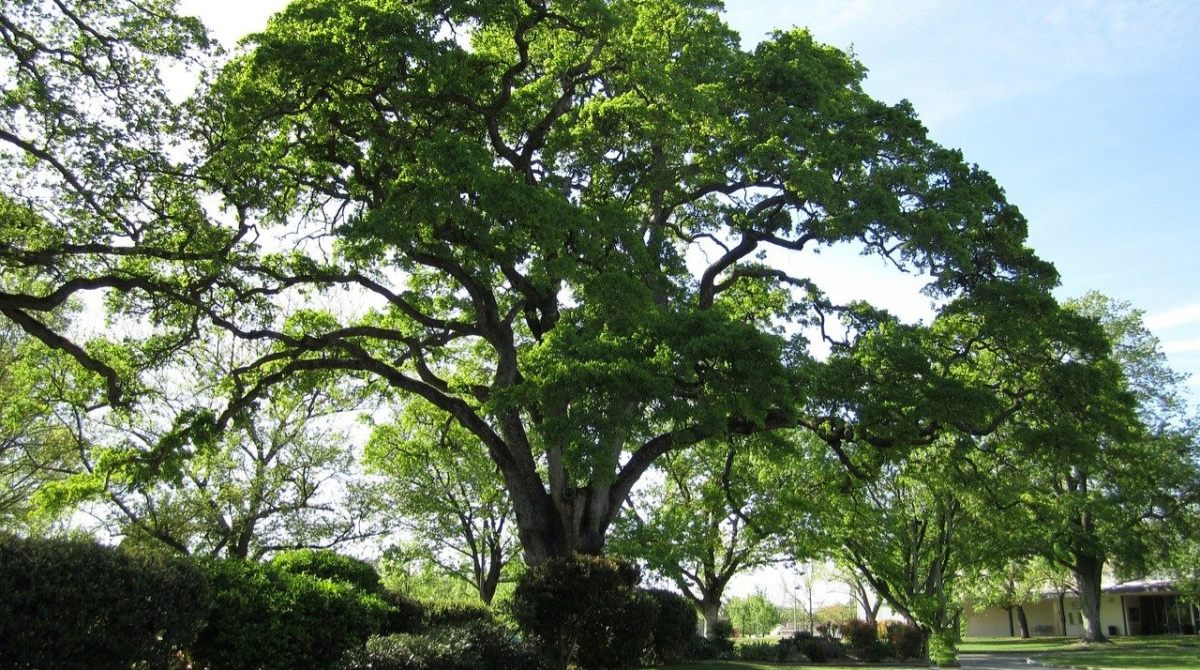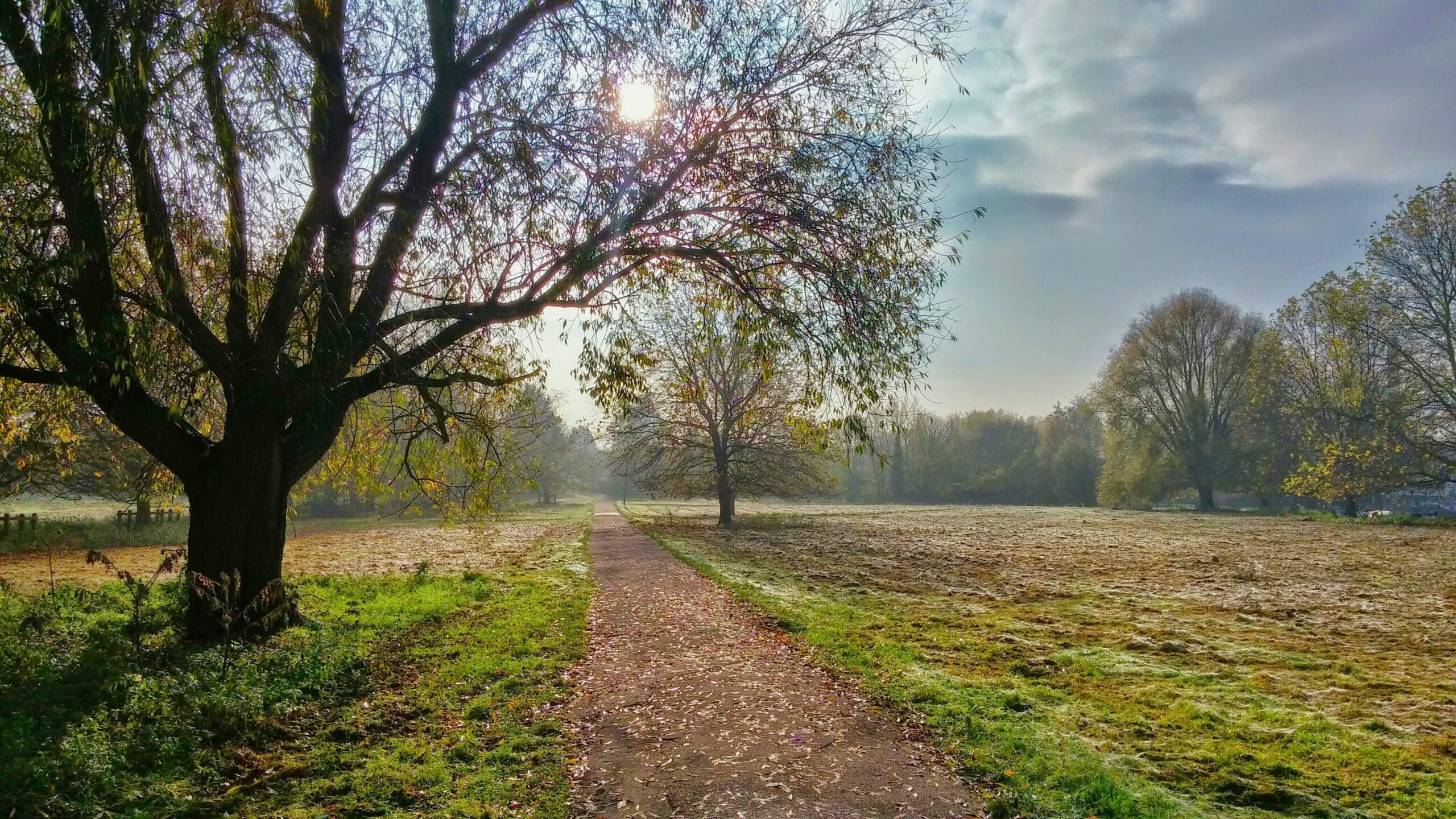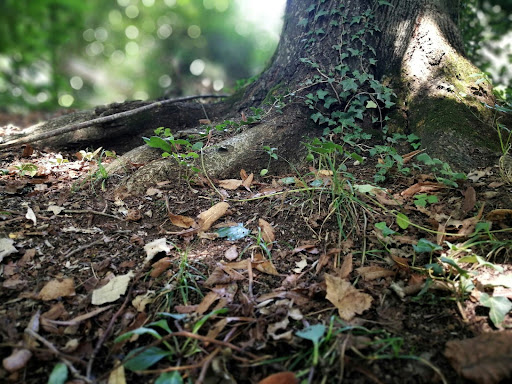
Date November 15, 2024
Tree Health Assessments are an essential aspect of tree care, especially for homeowners in Dallas. With Dallas’ unique climate and urban challenges, professional assessments can be the difference between a thriving landscape and one that poses risks. In this article provided by TreeNewal, we’ll explore the importance of tree health assessments, their benefits, and how they contribute to long-term property value and safety.
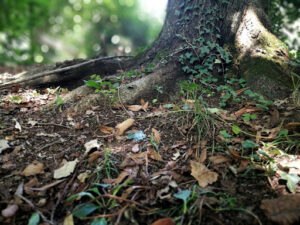
What Are Tree Health Assessments?
Tree Health Assessments involve a thorough examination of a tree’s condition, including its roots, trunk, branches, and foliage. Certified arborists use specialized tools and techniques to identify potential issues, such as:
- Disease or pest infestation
- Structural weaknesses
- Root system problems
- Nutrient deficiencies
The assessment helps diagnose the current health status of a tree, predict future problems, and recommend appropriate treatments.
Why Are Tree Health Assessments Important in Dallas?
1. Prevent Property Damage
- Trees in Dallas face challenges like severe storms, droughts, and high winds, which can weaken their structure over time.
- Regular assessments help detect weakened branches or roots, reducing the risk of falling limbs or trees during storms.
- Homeowners can save on potential repair costs by addressing structural issues early.
2. Mitigate Safety Hazards
- Damaged or diseased trees can pose significant safety hazards, such as falling branches or even toppling over entirely.
- An assessment can identify hazardous conditions, allowing homeowners to take action before an accident occurs.
- Common hazards identified include:
- Cracks in the trunk
- Weak branch unions
- Root rot
3. Extend the Life of Trees
Trees are a valuable part of any landscape, providing shade, aesthetic appeal, and improved air quality.
Through regular assessments, homeowners can maintain the vitality of their trees by addressing issues like:
- Pest control
- Fertilization
- Pruning of deadwood
This proactive approach ensures that trees live longer, healthier lives.
4. Enhance Urban Tree Canopy Health
- Dallas is known for its sprawling urban environment, where trees play a vital role in reducing heat and improving air quality.
- Tree assessments contribute to a healthier urban tree canopy by ensuring that the trees in the area remain strong and resilient against disease and environmental stressors.
5. Support Property Value
- Well-maintained trees can increase property value by up to 20%.
- Regular assessments ensure trees are not only healthy but also well-shaped and aesthetically pleasing.
- An attractive landscape can make a home more appealing to potential buyers, providing a return on investment.
Common Issues Detected During Tree Health Assessments
1. Diseases
Common diseases in Dallas include:
- Oak wilt
- Hypoxylon canker
- Anthracnose
Early detection can prevent the spread of these diseases to other trees on the property.
2. Pest Infestation
- Pests like emerald ash borer, aphids, and bagworms are common in Dallas.
- An assessment can identify infestations before they cause significant damage to the tree.
- Treatment plans, including pest control measures, can be implemented promptly.
3. Nutrient Deficiency
- Soil quality in Dallas varies, and nutrient deficiencies can hinder tree growth.
- Arborists use soil tests to determine the right balance of nutrients needed for optimal tree health.
- Recommended treatments include fertilization, mulching, or soil amendments.
4. Structural Weaknesses
- Structural issues, such as poor branch attachment or internal decay, often go unnoticed until a failure occurs.
- Assessments use techniques like resistograph drilling or tomography to determine internal decay.
- Solutions include cabling, bracing, or, in severe cases, removal to ensure safety.
5. Drought Stress
Dallas experiences hot, dry summers, which can lead to drought stress in trees.
Symptoms like leaf scorch, premature leaf drop, and dieback are common.
Recommendations for mitigating drought stress often include deep watering, mulching, and proper fertilization.
How Are Tree Health Assessments Conducted?
Certified arborists follow a systematic approach to tree health assessments:
Visual Inspection: Arborists start with a ground-level inspection, observing the trunk, branches, and foliage for signs of disease, pests, or structural weaknesses.
Root Zone Analysis: This step involves evaluating soil quality, root exposure, and moisture levels to detect issues affecting the root system.
Advanced Diagnostic Tools: Tools like sonic tomography, resistographs, and chlorophyll fluorescence meters may be used to detect internal decay or nutrient deficiencies.
Documentation & Reporting: After the assessment, the arborist provides a detailed report outlining the tree’s current health status and recommended treatments.
Benefits of Hiring a Professional for Tree Health Assessments in Dallas
1. Expert Knowledge
Certified arborists possess in-depth knowledge of local tree species and the specific challenges they face in Dallas.
They are trained to identify subtle signs of disease, pest infestations, or structural problems that may go unnoticed by untrained eyes.
2. Customized Care Plans
Professionals provide tailored care plans based on the specific needs of each tree, taking into account local climate conditions, soil quality, and the tree’s age and species.
Care plans can include:
- Regular pruning
- Fertilization schedules
- Pest management strategies
3. Cost-Effective
While assessments require an upfront investment, they help avoid costly tree removal or property repairs in the long run.
Regular assessments allow for minor corrections, such as pruning or pest treatment, which are less expensive than dealing with major damages.
4. Environmental Benefits
Healthy trees absorb more carbon dioxide, release oxygen, and provide better cooling through shade, all contributing to a more sustainable urban environment in Dallas.
Tree assessments play a role in maintaining these environmental benefits by keeping trees healthy and resilient.
How Often Should Dallas Homeowners Schedule Tree Health Assessments?
- Ideally, homeowners should schedule a tree health assessment at least once a year, especially before storm season in spring or summer.
- Newly planted trees may require more frequent assessments to ensure proper establishment and growth.
- Mature trees, particularly those near structures or power lines, should be checked more often for safety reasons.
Tips for Homeowners to Support Tree Health Between Assessments
Even with regular professional assessments, homeowners can take steps to support their trees’ health:
- Watering: Deep watering during dry spells can prevent drought stress.
- Mulching: Apply a layer of mulch around the base of the tree to retain moisture and improve soil quality.
- Pruning: Remove dead or damaged branches promptly to prevent disease spread and improve structural stability.
- Monitoring: Keep an eye out for signs of disease, pests, or unusual growth patterns, and contact an arborist if issues arise.
Conclusion
Tree Health Assessments are a vital component of tree care for Dallas homeowners. Regular, professional evaluations not only enhance the beauty and longevity of trees but also prevent potential safety hazards and property damage. By investing in these assessments, homeowners contribute to a healthier urban environment and protect the value of their properties. Don’t wait for visible problems—schedule a tree health assessment today to ensure your trees are thriving.

